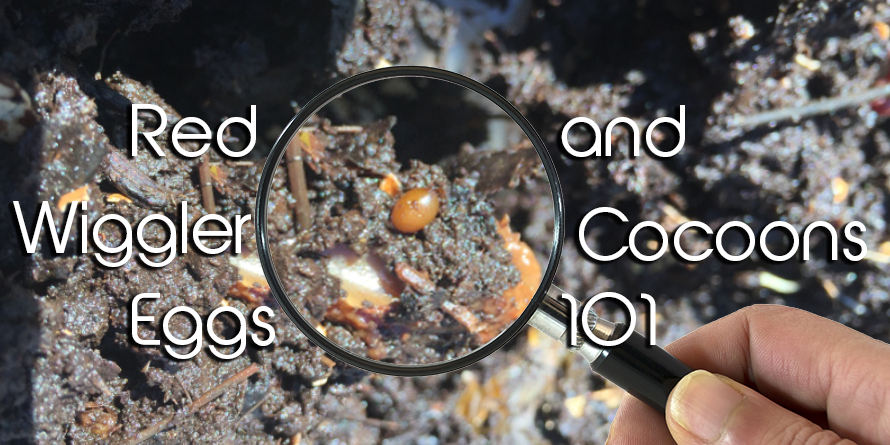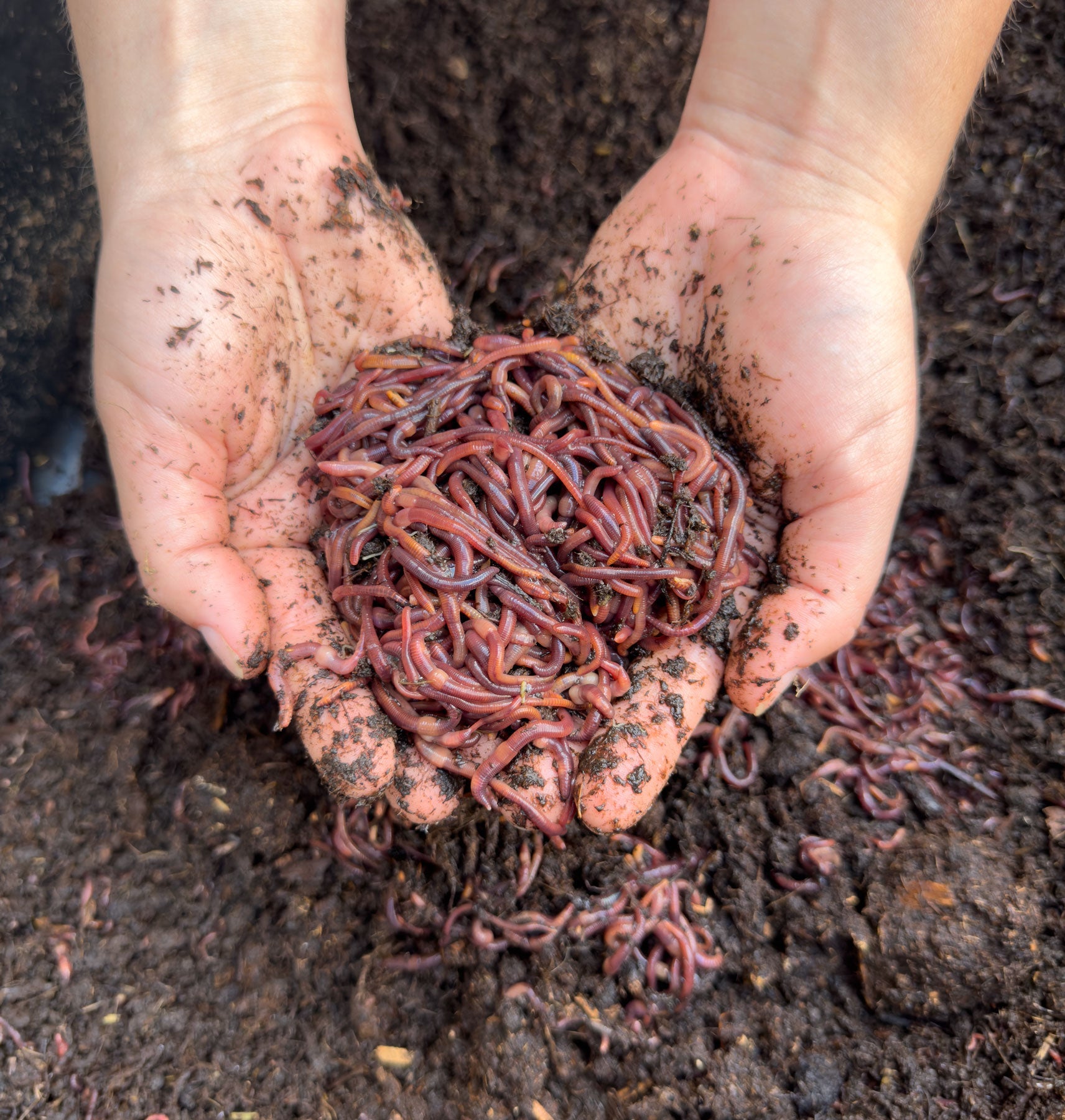Discover Why Lake Hickory Bait is the Best Choice for Grass Treatment
Discover Why Lake Hickory Bait is the Best Choice for Grass Treatment
Blog Article
Red Wigglers: The Unsung Heroes of Organic Waste Recycling
Red wigglers, or Eisenia fetida, offer as critical agents in the natural waste recycling process, changing discarded materials into beneficial vermicompost. Their efficient malfunction of raw material not just boosts soil quality but additionally adds to lasting waste management techniques. As the world increasingly seeks options to deal with waste accumulation and enhance agricultural performance, comprehending the role of these worms ends up being vital. What mechanisms allow them to thrive in compost atmospheres, and exactly how can they be effectively utilized in both household and business settings? Checking out these questions exposes the wider effects of vermicomposting in our eco-friendly landscape.
What Are Red Wigglers?
The amazing durability of red wigglers, scientifically known as Eisenia fetida, highlights their crucial duty in organic waste recycling. These tiny, reddish-brown earthworms are generally discovered in decaying natural matter, such as garden compost heaps and manure lots. Lake Hickory Bait. Unlike various other earthworm varieties, red wigglers prosper in nutrient-rich settings and are highly effective at breaking down natural products, making them necessary for vermicomposting

(Lake Hickory Bait)In enhancement to their function in waste decrease, red wigglers add to dirt wellness by enhancing soil framework and oygenation through their tunneling tasks (Lake Hickory Bait). Their presence in composting systems not just boosts decomposition prices yet also advertises a lasting strategy to lose management, illustrating their importance in eco-friendly conservation efforts
Benefits of Composting With Worms
Composting with worms, particularly red wigglers, provides various advantages that boost both waste management and dirt wellness. Initially, these worms effectively damage down organic waste, converting it into nutrient-rich vermicompost that enhances dirt. This procedure accelerates decomposition, permitting a quicker recycling of cooking area scraps and other organic products compared to typical composting approaches.
In addition, the vermicompost produced by red wigglers is bristling with advantageous microbes, which aid enhance soil framework, aeration, and dampness retention. This improves the general wellness of plants, advertising vigorous growth and boosted returns in gardens and agricultural settings. Furthermore, using worms in composting reduces the production of greenhouse gases, such as methane, adding to an extra sustainable waste management system.

How to Beginning Vermicomposting
Developing a vermicomposting system is a straightforward procedure that can generate significant advantages for both waste monitoring and soil enrichment. To start, pick an appropriate container, such as a why not try these out plastic container or wooden box, with sufficient ventilation holes to ensure correct air movement. The measurements need to preferably be about 2 feet by 3 feet, allowing ample area for the worms to thrive.
Next, prepare bed linens product, which can include shredded newspaper, cardboard, or coconut coir. This bed linens ought to be moistened to produce an appropriate environment for the worms. When the bed linen is in place, present red wigglers (Eisenia fetida) into the bin, commonly around one pound of worms for every square foot of surface area.
Adhering to the placement of worms, include natural waste, such as fruit and vegetable scraps, coffee grounds, and crushed eggshells. With these steps, you will properly launch a vermicomposting system that contributes to lasting waste management and improves your dirt.
Preserving a Healthy And Balanced Worm Bin
(Red Wiggler Express)Keeping a worm container growing needs regular attention and care to make sure the health and wellness of the red wigglers and the performance of the composting process. Appropriate maintenance begins with keeping track of the dampness levels; the bin ought to perspire but not saturated. A great guideline is to preserve a consistency comparable to a wrung-out sponge.
Oygenation is crucial also. Gently blending the bedding and food scraps every few weeks prevents compaction and makes certain that all worms have access to oxygen. Furthermore, it is crucial to feed the worms properly. A well balanced diet regimen of fruit and veggie scraps, coffee grounds, and smashed eggshells should be provided in moderation to prevent overfeeding, which can bring about odors and parasites.
If the container comes to be as well warm or chilly, the worms may become stressed out. By vigilantly managing these variables, one can preserve a robust and effective worm bin.
Influence On Sustainable Living
The successful upkeep of a worm container not just profits the wellness of red wigglers however additionally adds substantially to lasting living practices. By reusing organic waste, such as cooking area scraps and backyard particles, red wigglers help draw away significant amounts of material from landfills. This reduction in waste not only decreases greenhouse gas discharges however likewise decreases the environmental burden associated with waste monitoring.
Furthermore, the spreadings generated by red wigglers act as a nutrient-rich natural plant food, boosting soil health and advertising plant development. This natural option to chemical fertilizers sustains sustainable agriculture and horticulture methods, decreasing reliance on artificial inputs that can harm environments. Furthermore, worm composting fosters awareness of waste administration, encouraging individuals and neighborhoods to adopt even more sustainable practices.

Conclusion
In summary, red wigglers offer as essential contributors to natural waste recycling with their effective disintegration of organic materials. Their capability to produce nutrient-rich vermicompost boosts soil wellness and supports sustainable farming techniques. By incorporating vermicomposting right into waste monitoring methods, people and areas can substantially decrease waste while promoting ecological sustainability. The role of Eisenia fetida in promoting healthy environments emphasizes the value of these microorganisms in accomplishing sustainable living and boosting dirt fertility.
Report this page